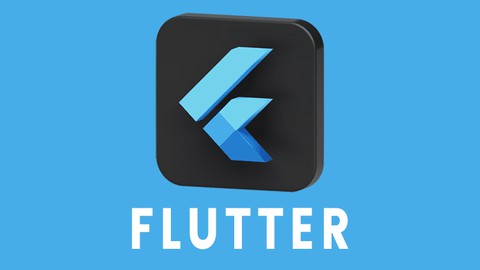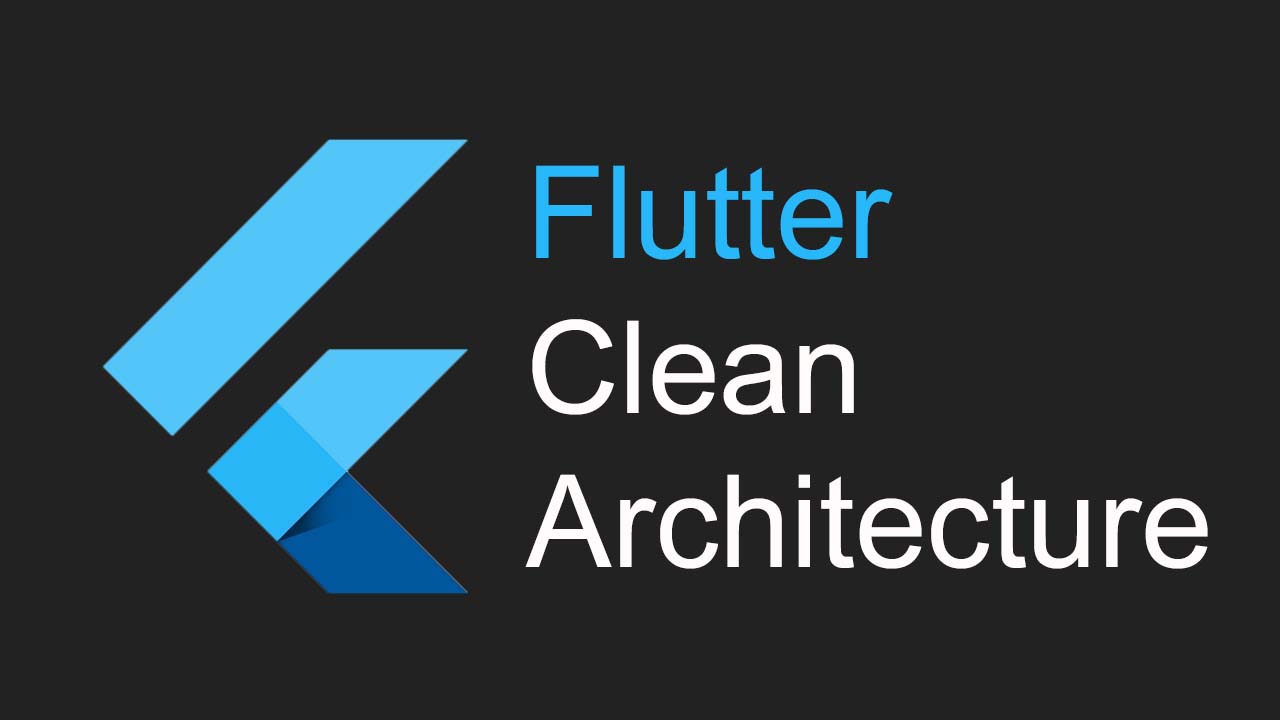Flutter is an open-source UI software development toolkit created by Google. It is used to build natively compiled applications for mobile, web, and desktop from a single codebase. Flutter allows developers to use a single codebase to create high-performance applications for multiple platforms, including Android, iOS, Windows, macOS, and Linux.
Key features of Flutter include:
Dart Programming Language: Flutter uses the Dart programming language, also developed by Google. Dart is designed for building modern, high-performance applications.
Widgets: Flutter is based on a reactive framework that uses a widget-based architecture. Widgets are the building blocks of the user interface, and they can be combined to create complex UIs.
Hot Reload: One of Flutter’s standout features is Hot Reload, which allows developers to see the effects of code changes immediately without restarting the entire application. This significantly speeds up the development process.
Rich Set of Widgets: Flutter provides a rich set of customizable widgets for building complex and beautiful user interfaces. These widgets follow the Material Design guidelines for Android and the Cupertino design for iOS.
Cross-Platform Development: With Flutter, developers can write code once and run it on multiple platforms, minimizing the need to create separate codebases for Android and iOS.
Performance: Flutter applications are compiled to native machine code, providing high performance and a smooth user experience.
Community and Ecosystem: Flutter has a growing and active community of developers. It also has a rich ecosystem of packages and plugins that can be used to extend functionality.
Prerequisites:
- Operating System:
- Flutter is compatible with Windows, macOS, and Linux.
- Development Tools:
- Windows:
- Flutter supports Windows 7 or later.
- Install Git for Windows.
- Install a suitable editor, such as Visual Studio Code, IntelliJ IDEA, or Android Studio.
- macOS:
- Flutter supports macOS 10.14 or later.
- Install Xcode, which is required for iOS development.
- Install a suitable editor, such as Visual Studio Code, IntelliJ IDEA, or Xcode.
- Linux:
- Flutter supports a range of Linux distributions.
- Install Git.
- Install a suitable editor, such as Visual Studio Code, IntelliJ IDEA, or Android Studio.
- Windows:
- Flutter SDK:
- Download the Flutter SDK from the official Flutter website: Flutter Downloads
- Dart SDK:
- Flutter uses the Dart programming language. The Flutter SDK includes the Dart SDK, so you don’t need to install it separately.
- Environment Variables:
- Add the Flutter
bindirectory to your system’s PATH variable so that you can run Flutter commands from any terminal window.
- Add the Flutter
- Device Emulator or Physical Device:
- To test your Flutter applications, you can use an emulator or a physical device.
- For Android development, you can use the Android Emulator or connect a physical Android device.
- For iOS development, you need Xcode and can use the iOS Simulator or connect a physical iOS device.
- Optional: Android Studio or IntelliJ IDEA (Recommended for Android Development):
- While not mandatory, having Android Studio or IntelliJ IDEA installed can provide additional tools and features for Android development.
- Optional: Visual Studio Code (Recommended for Flutter Development):
- Visual Studio Code is a popular lightweight code editor with excellent Flutter support. It’s recommended for Flutter development.
Once you have set up these prerequisites, you can create a new Flutter project and start building your applications. The official Flutter documentation provides detailed instructions for installation and getting started: Flutter – Get Started
Flutter is commonly used for developing mobile applications, but its ability to target various platforms makes it a versatile choice for projects that require cross-platform development.
Certainly! Flutter is a popular open-source UI software development toolkit created by Google for building natively compiled applications for mobile, web, and desktop from a single codebase. Here’s a step-by-step guide to help you learn Flutter:
Step 1: Set Up Your Environment
Before you start with Flutter development, make sure you have the following installed on your system:
- Flutter SDK: Download and install the Flutter SDK from the official Flutter website: Flutter SDK
- IDE (Integrated Development Environment): You can use either Visual Studio Code or Android Studio with Flutter and Dart plugins. Choose the one you are comfortable with.
Install flutter:
- Download Flutter from Flutter Website.
- Extract the downloaded ZIP file.
- Add the
flutter/bindirectory to your system PATH.
Step 2: Set Up an Editor
Choose an editor you like:
- Visual Studio Code: Install the Flutter and Dart extensions.
- Android Studio: Install the Flutter plugin.
Step 3: Create a Flutter Project:
Open a terminal and run:
flutter create my_flutter_appReplace “my_flutter_app” with your project name.
Step 4: Run Your App:
Navigate to your project folder:
cd my_flutter_appRun your app:
flutter runStep 5: Understand the Basics:
Open lib/main.dart in your editor and modify the code. Flutter apps are built using widgets:
import 'package:flutter/material.dart';
void main() {
runApp(MyApp());
}
class MyApp extends StatelessWidget {
@override
Widget build(BuildContext context) {
return MaterialApp(
home: Scaffold(
appBar: AppBar(
title: Text('My First Flutter App'),
),
body: Center(
child: Text('Hello, Flutter!'),
),
),
);
}
}
Step 6: Make it Yours:
Change the text, colors, and experiment with different widgets. Flutter’s hot reload feature lets you see changes instantly.
Step 7: Learn Dart Basics:
Check out DartPad for a quick introduction to Dart.
Step 8: Explore Widgets
Visit the Flutter Widget Catalog for a list of available widgets.
Step 9: Run on Different Devices:
Try running your app on an emulator or a physical device.
Step 10: Ask for Help
If you get stuck, the Flutter community is friendly. You can ask for help on Flutter Dev Community.
Step 11: Build Simple Apps:
Create small projects to reinforce what you’ve learned.
Step 12: Gradually Add Features
As you get comfortable, add features like navigation, state management, and API calls one at a time.
Step 13: Celebrate Progress:
Celebrate small victories! Flutter is fun, so enjoy the process.
Hello world in Flutter:
To get started with Flutter development, you’ll need to set up your development environment and ensure that you have the necessary tools installed. Here are the basic prerequisites for Flutter:
Create a new Flutter project in your terminal:
flutter create hello_flutterOpen the lib/main.dart file in your project.
Replace its content with the following:
import 'package:flutter/material.dart';
void main() {
runApp(MyApp());
}
class MyApp extends StatelessWidget {
@override
Widget build(BuildContext context) {
return MaterialApp(
home: Scaffold(
appBar: AppBar(
title: Text('Hello Flutter'),
),
body: Center(
child: Text('Hello, World!'),
),
),
);
}
}
Save the file.
Run your app using:
flutter runThis code creates a simple Flutter app. When you run it, you’ll see a screen with the title “Hello Flutter” and a centered message saying “Hello, World!”.
Feel free to play around with the text or explore more widgets as you become comfortable with Flutter. Happy coding!


